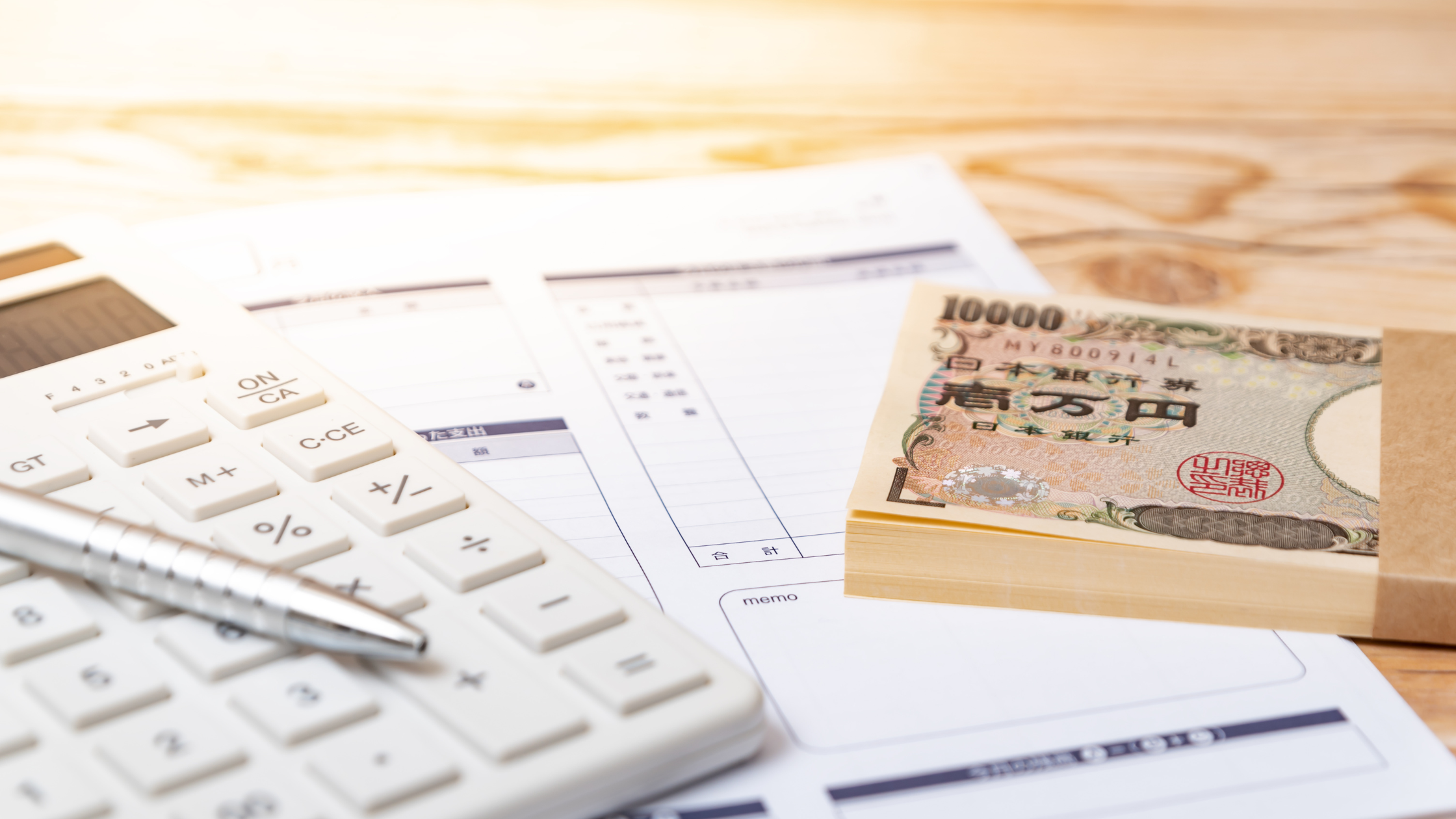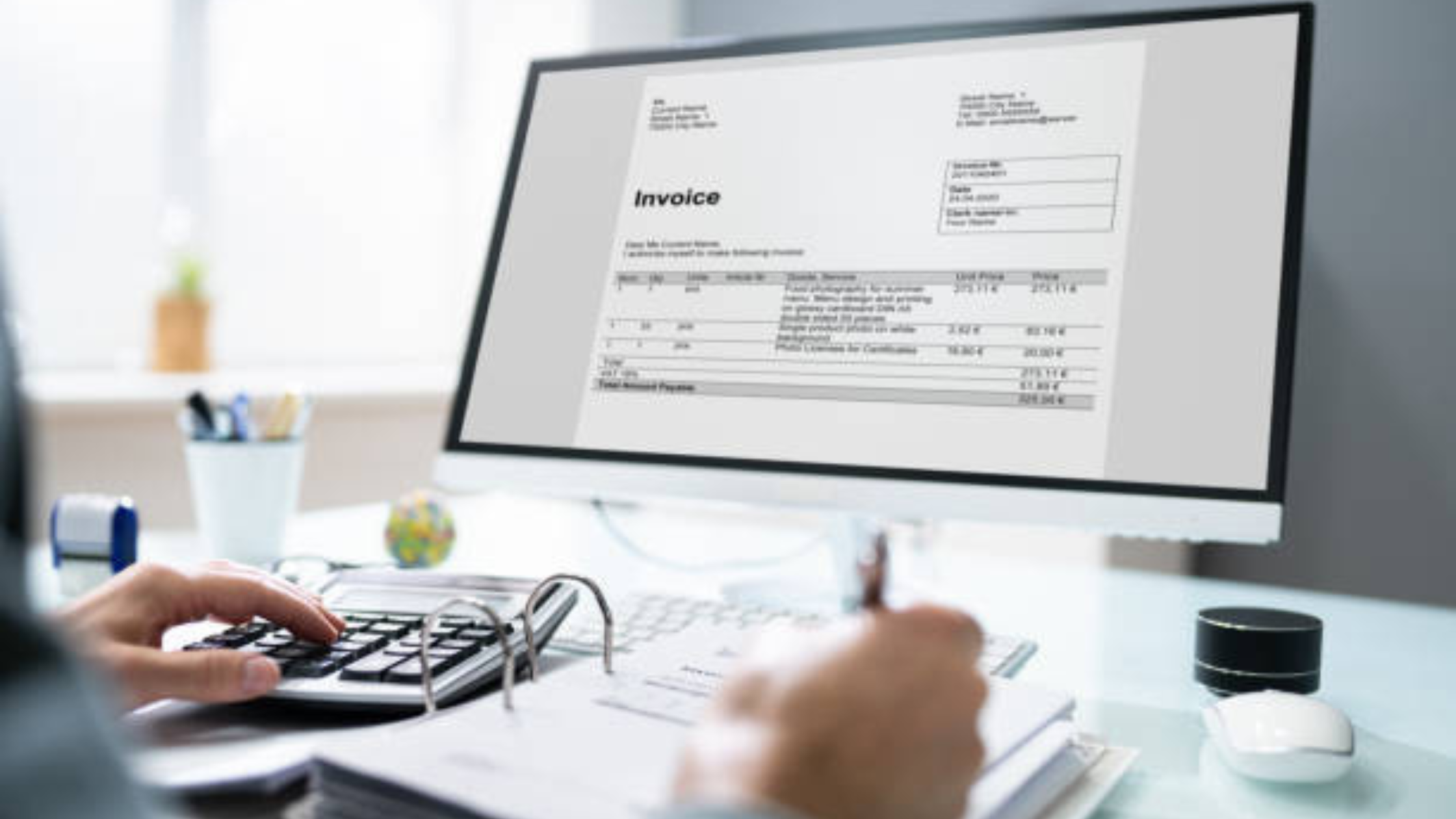Step-by-Step Guide to Create Recharge Receipts

Streamline Your Business's Recharge Process
Are you looking to streamline your business's recharge process? Creating professional recharge receipts is a crucial step in maintaining organized financial records and providing clear documentation. In this step-by-step guide, we will walk you through the process of creating recharge receipts efficiently and effectively. From selecting the right template to customizing it with your company's branding and information, this guide will ensure that your receipts are not only functional but also visually appealing. Whether you are a small business owner or part of a larger corporation, mastering the art of creating recharge receipts will enhance your professionalism and help you keep track of expenses accurately. Follow along to discover valuable tips and tricks that will elevate your receipt creation process and make it a seamless part of your business operations.
Step 1: Gather Essential Details
Collect Customer Information
Before diving into any project, it is essential to gather all the necessary details from the customer. This includes their contact information, project requirements, budget constraints, and any specific preferences they may have. By collecting all this information upfront, you can ensure a smoother project execution and minimize the chances of misunderstandings or delays.
To collect customer information effectively, start by setting up a meeting or call to discuss the project in detail. During this interaction, make sure to ask relevant questions to understand their needs better. Additionally, utilize tools like questionnaires or surveys to gather structured information.
Moreover, active listening is crucial during these interactions. Pay attention to not only what the customer is saying but also their tone and underlying needs. This will help you tailor your services to meet their expectations accurately.
Furthermore, maintaining detailed records of all interactions and information provided by the customer is vital. This includes documenting their preferences, any changes in requirements, and agreed-upon deadlines. Having a centralized repository for all these details can streamline communication and prevent crucial information from being overlooked.
Remember, the more comprehensive your understanding of the customer's needs and constraints, the better equipped you will be to deliver a successful project. Effective information gathering lays the foundation for a productive and satisfying collaboration.
When gathering customer information, it's also important to consider factors like the project timeline, any past experiences the customer has had with similar projects, and their communication preferences. Understanding the timeline helps in setting realistic expectations and deadlines, ensuring a smooth workflow. Previous project experiences provide insights into what worked well and what didn't, helping you tailor your approach accordingly. Additionally, knowing how the customer prefers to communicate (e.g., email, phone calls, in-person meetings) can enhance collaboration and avoid any communication barriers.
Leveraging technology can significantly aid in customer information gathering. Utilize online forms, customer relationship management (CRM) software, and project management tools to streamline the data collection process. These tools not only help in organizing information efficiently but also enable seamless collaboration and data sharing within your team.
Lastly, maintaining confidentiality and data security are paramount when collecting customer information. Ensure that you have the necessary data protection measures in place to safeguard sensitive information provided by the customer. Clear communication regarding data privacy and security measures can also instill trust and confidence in your customer relationships.
By following these practices and being thorough in your customer information gathering process, you set a strong foundation for successful project outcomes and long-lasting client partnerships.
Step 2: Choose an Appropriate Format
Selecting a Recharge Receipt Template
When it comes to creating a professional-looking recharge receipt, choosing the right template is crucial. Here are some important points to consider when selecting a recharge receipt template:.
Design: Opt for a template that aligns with your brand's aesthetics. Choose colors, fonts, and layouts that reflect your brand identity. The design of your receipt is the first thing customers will notice, so make sure it resonates with your brand's style and values.
Information Layout: Ensure that the template provides clear sections for crucial information such as the customer's name, date of recharge, amount paid, payment method, and any additional terms or notes. A well-organized layout not only makes it easier for customers to read but also enhances the professionalism of the receipt.
Customizability: Select a template that allows for easy customization. This will enable you to add or remove sections as needed to tailor the receipt to your specific requirements. Customizing your receipt allows you to include personalized messages, promotions, or branding elements to make it more engaging for the customer.
Professionalism: Opt for a template that exudes professionalism. A well-designed receipt not only serves as a proof of transaction but also leaves a positive impression on the customer. A professional-looking receipt can help build trust and credibility with your customers.
Mobile Responsiveness: In today's digital age, many customers prefer digital receipts. Ensure that the template you choose is mobile-responsive to cater to customers who prefer receiving receipts via email or text. Mobile responsiveness ensures that the receipt is easily accessible and readable on various devices, providing convenience to your customers.
Integration with POS Systems: Consider choosing a template that integrates seamlessly with your Point of Sale (POS) system. This integration can streamline the process of generating receipts, saving time and reducing errors in manual entry.
Legal Compliance: Ensure that the template complies with relevant legal requirements regarding receipt formatting and information display. Adhering to legal standards not only protects your business but also instills confidence in your customers regarding the legitimacy of the transaction.
By keeping these points in mind and selecting an appropriate format for your recharge receipt, you can enhance the overall customer experience, reinforce your brand image, and streamline your transaction processes.
Step 3: Customize the Receipt
Elevating Your Brand with Personalized Touches
After selecting the perfect template and entering all your transaction specifics, it's time to elevate your receipt by infusing it with personalized branding elements and essential contact information.
Logo Enhancement : Integrate your business logo prominently at the header of the receipt to bolster brand recognition and establish a strong visual presence.
Color Consistency : Utilize your brand's signature colors for text and borders to ensure a cohesive and recognizable look that resonates with your customers.
Contact Details Inclusion : Essential for customer engagement, include your business name, physical address, phone number, and email address at the footer of the receipt to facilitate communication and address any queries promptly.
Online Presence Reinforcement : Maximize customer engagement by incorporating your website URL and social media handles on the receipt, encouraging clientele to connect with your brand online, stay updated, and explore more offerings.
By thoughtfully customizing your receipt with these personalized elements, you not only craft a professional appearance but also reinforce your brand's identity with every transaction, fostering customer loyalty and trust.
Personalization is key when it comes to leaving a lasting impression on your customers. By customizing your receipts, you create a unique brand experience that sets you apart from competitors and resonates with consumers.
Remember, consistency is crucial. Ensure that the branding elements, colors, and contact information align with your overall brand image and messaging across all customer touchpoints, reinforcing brand recall and strengthening customer relationships.
Take this opportunity to showcase your brand's personality and values through your receipt customization, turning a routine transaction into a memorable interaction. Embrace the power of customization and watch as your receipt becomes a powerful marketing tool that not only informs but also captivates and engages your audience.
Customizing your receipt is not just about adding a logo and contact details; it's about creating a seamless brand experience for your customers. When a customer receives a receipt that is tailored to your brand, it reinforces the positive experience they had with your business. It's a chance to leave a lasting impression and make your brand memorable.
Moreover, consider incorporating special offers or promotions on your receipts to encourage repeat business. A personalized thank you message or a discount code for their next purchase can go a long way in building customer loyalty.
Don't forget the power of storytelling. Use your receipt as a platform to share a brief brand story or a fun fact about your business. This not only adds a personal touch but also creates a connection with your customers beyond just the transaction.
Every interaction with a customer is an opportunity to strengthen your brand. By customizing your receipts thoughtfully and creatively, you transform a simple transaction into a memorable brand experience that resonates with your audience long after they leave your store or website.
Remember, your receipt is not just a piece of paper; it's a reflection of your brand's values and personality. Make every receipt count by infusing it with your brand essence and watch as it becomes a powerful tool in your marketing arsenal.
Step 4: Include Recharge Details
Recording Recharge Amount
When updating your account balance, it is crucial to accurately record the recharge amount. This ensures transparency and helps in tracking your financial transactions effectively. Whether you are topping up your prepaid phone balance or adding funds to your e-wallet, maintaining a precise record of the amount is vital for financial management.
Recording Recharge Date
Always make sure to note down the date of the recharge. This information is essential for maintaining a clear timeline of your account activity and for reference purposes. Knowing when the recharge occurred can assist in reconciling your transactions, especially if you encounter any discrepancies or need to analyze your spending patterns over time.
Recording Recharge Method
Document the method used for recharging your account, whether it was through an online transaction, bank deposit, mobile payment, or any other means. Keeping a record of the recharge method adds another layer of detail to your financial records. Understanding how you replenish your account can also help in budgeting and identifying the most convenient and secure payment options available to you.
Importance of Detailed Recharge Information
In addition to recording the amount, date, and method of recharge, it is beneficial to include additional details such as the purpose of the recharge, any associated fees or discounts, and the source of funds used for the transaction. By capturing comprehensive information related to each recharge, you create a comprehensive financial trail that can aid in budget planning, financial analysis, and dispute resolution if needed.
Tools for Simplifying Recharge Documentation
To streamline the process of documenting recharge details, consider utilizing digital tools such as finance management apps, spreadsheets, or custom templates. These resources can automate certain aspects of recording recharges, provide visual representations of your transaction history, and offer insights into your spending habits and recharging frequency. By leveraging technology, you can enhance the accuracy and efficiency of maintaining your financial records.
Conclusion
Including recharge details in your financial documentation is a fundamental practice that promotes financial awareness, accountability, and organization. By diligently recording the amount, date, and method of each recharge, you create a robust foundation for managing your finances effectively and making informed decisions about your spending habits and financial goals.
Step 5: Review and Finalize
Ensuring Accuracy and Completeness
In this crucial step of the process, we delve into reviewing and finalizing the work to guarantee its accuracy and completeness. Here are the key points to focus on:.
Thorough Proofreading : The first step in the review process is to meticulously proofread the content. Look out for any spelling or grammatical errors that may have been overlooked during the initial drafting.
Fact-Checking : Verify all facts, figures, and data presented in the work. It is essential to ensure that all information is accurate and supported by credible sources.
Consistency Check : Check for consistency in formatting, style, and tone throughout the content. Maintaining a uniform voice is crucial for a polished final product.
Adherence to Guidelines : Confirm that the content adheres to any specific guidelines provided, whether they be internal company standards or industry-specific requirements.
Completeness Assessment : Evaluate whether all necessary information has been included and whether the content meets the objectives initially set forth.
Clarity and Readability : Pay attention to the clarity and readability of the content. Ensure that the language used is easily understandable by the target audience. Avoid jargon or overly complex terms that may hinder comprehension.
Visual Presentation : Consider the visual presentation of the content. Utilize appropriate headings, subheadings, bullet points, and other formatting elements to enhance the readability and visual appeal of the material.
Credibility Check : Assess the credibility of sources cited in the work. Verify that all references are from reputable sources and accurately support the information presented.
In addition to the above points, engaging in peer review remains a valuable practice. Solicit feedback from colleagues or subject matter experts to gain diverse perspectives and identify areas for improvement. Constructive criticism can help refine the content further.
Furthermore, conducting multiple rounds of review, with a focus on different aspects each time, can help ensure a comprehensive evaluation of the work. Addressing feedback and making necessary revisions contribute to producing a high-quality final product.
Remember, the ultimate goal of the review and finalization process is to deliver content that is not only accurate and complete but also engaging and impactful for the intended audience. By dedicating time and attention to this step, you can enhance the overall quality and effectiveness of your work, setting it up for successful publication and reception.
Conclusion
Mastering the art of creating recharge receipts is a valuable skill that can benefit businesses of all sizes. By following the step-by-step guide outlined in this blog, individuals can streamline their recharge receipt process, enhance professionalism, and maintain accurate financial records. Embracing digital tools and templates can significantly simplify the creation and management of recharge receipts, ultimately saving time and improving overall efficiency. Keep practicing and refining your receipt creation techniques to ensure consistency and accuracy in your business operations.







